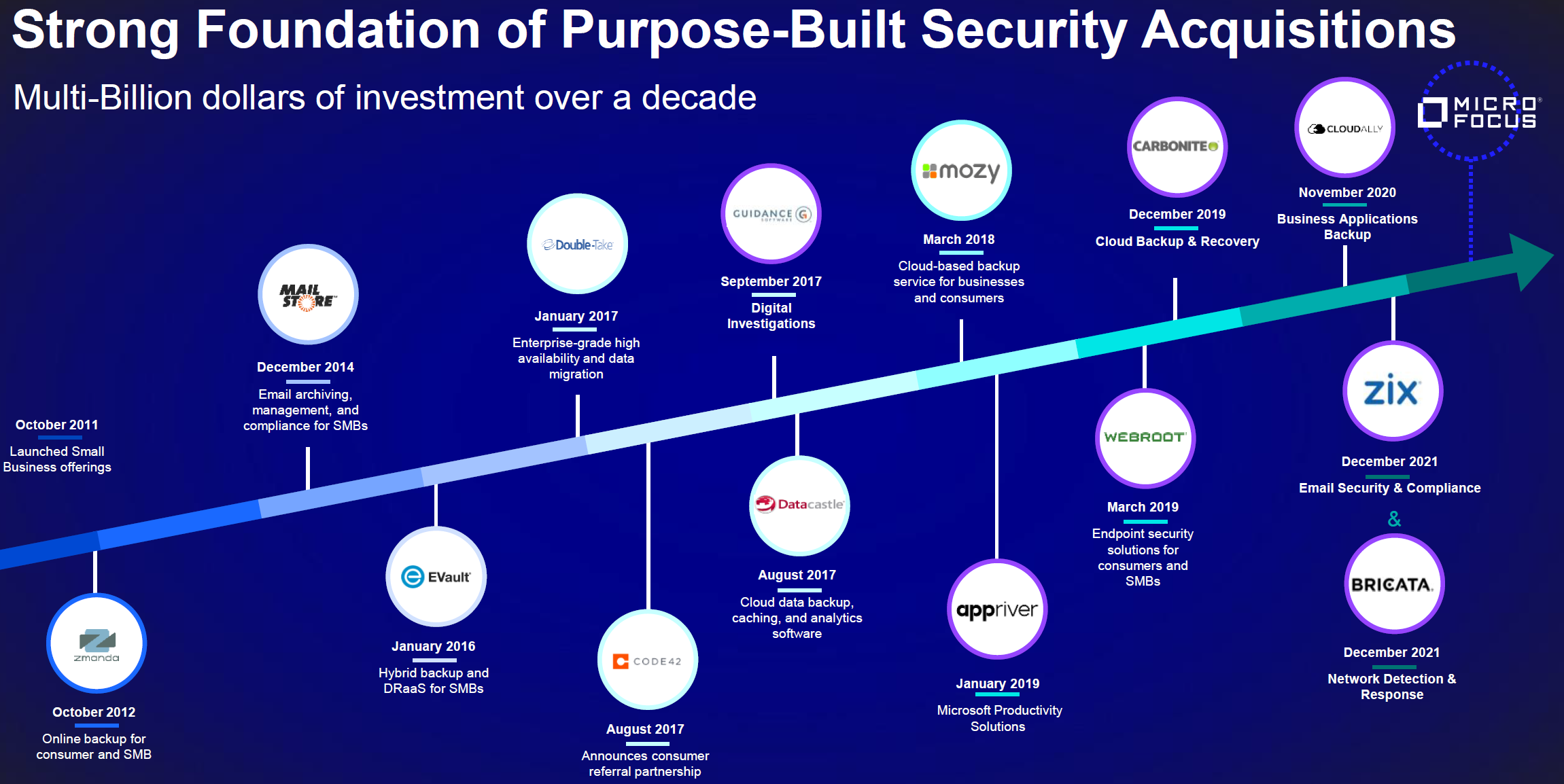Technology advances daily; how can SMB IT resources and processes keep pace? In March 2023, Dell announced its Dell APEX Managed Device Service subscription to help SMBs and midmarket firms keep devices secure and up-to-date. Dell APEX Managed Device Service is available to buy as a month-to-month subscription at $70 per device for SMBs. Techaisle data shows that 83% of SMBs are prioritizing outsourcing their device, security, and overall IT management. At the same time, 62% are increasing their use of as-a-Service technology adoption. With Dell APEX Managed Device Service, SMBs have peace of mind knowing their IT needs are handled with Dell’s industry-leading IT management and support capabilities. From PC management to device security to expert Dell support, all in a flexible monthly subscription, this newest addition to the Dell APEX lineup delivers the immediate value small businesses need to focus on growing their business, not managing IT.
SMBs increasingly depend on information technology and deal with an ever-expanding portfolio of increasingly complex applications and platform technologies. At the same time, these firms are struggling to rein in IT-related expenditures, including staff-related costs. This combination of increased reliance on technology as a critical element of business success, burgeoning complexity, and cost constraint has created a ‘perfect storm’ for using managed services, especially services covering devices and security. As a result, managed services has become an increasingly important force within the SMB IT portfolio because its key attributes tie directly to business and IT challenges. The reasons for this intense (and growing) interest in service delivery are varied and compelling. The top two issues are “to keep IT costs under control” (49%) and “improve security” (38%).
















